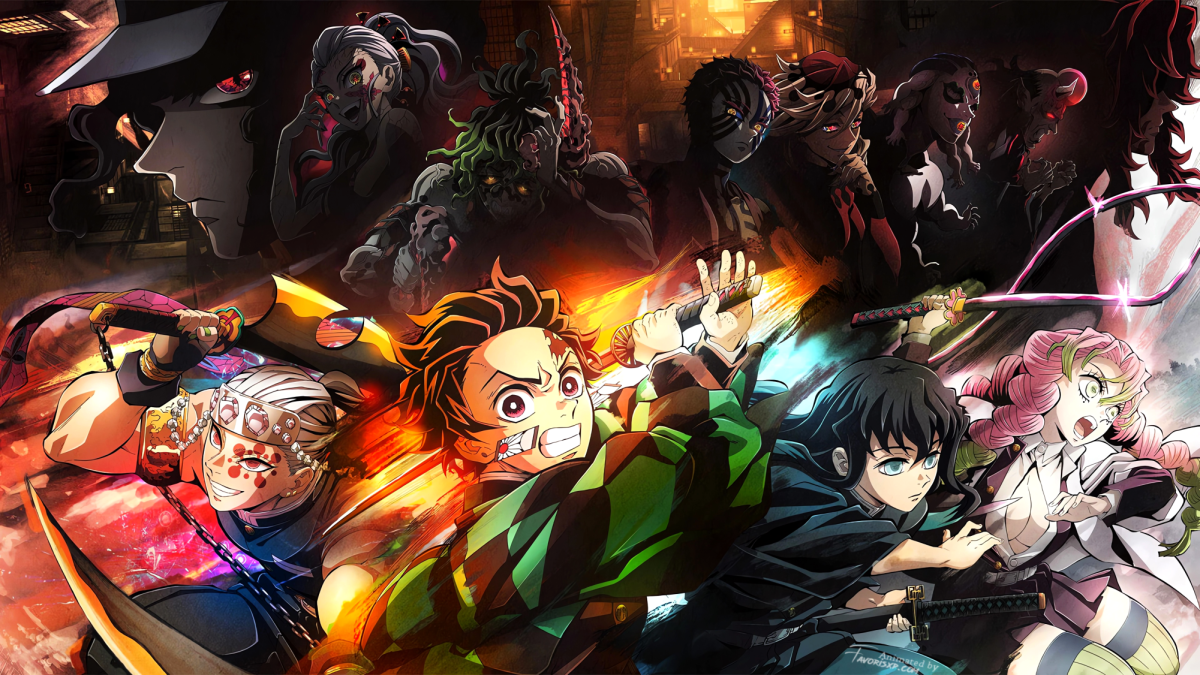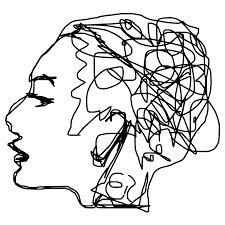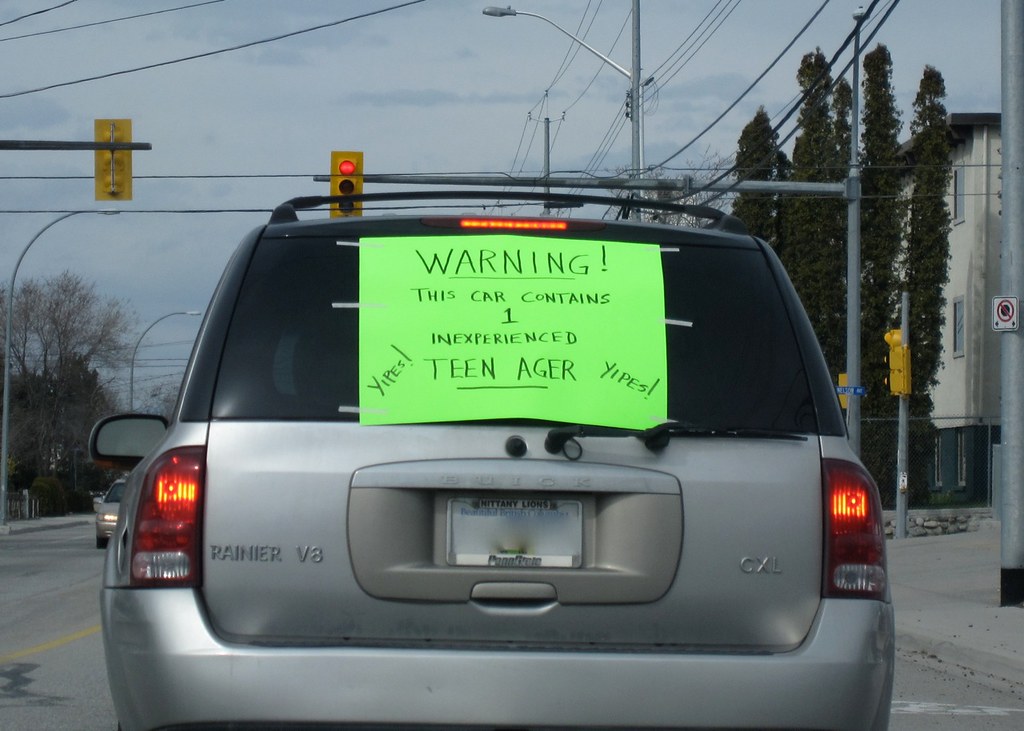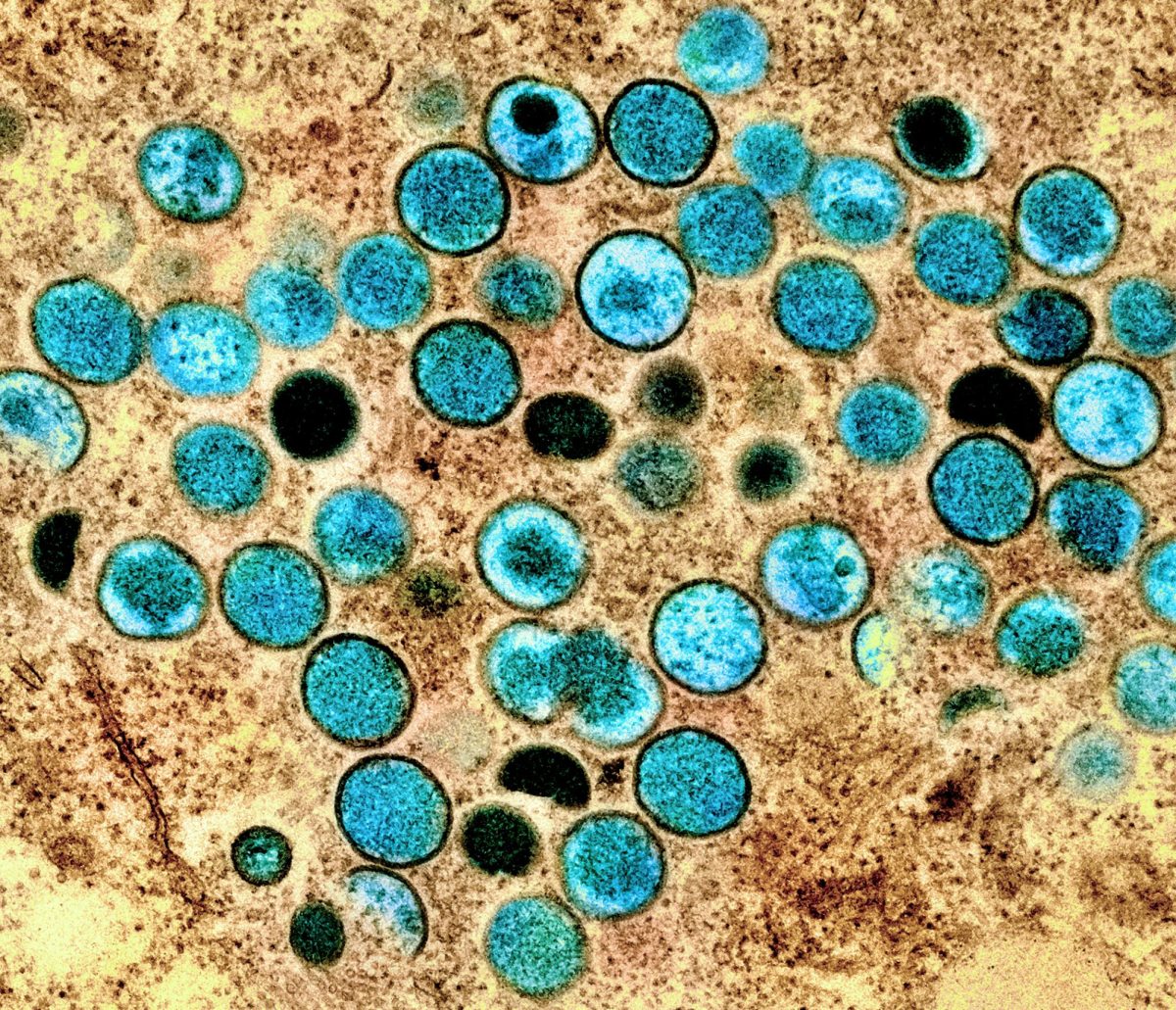*The opinions expressed within the content are solely the author’s and do not reflect the website’s or its affiliates’ opinions and beliefs.”
When the pandemic first struck worldwide, one of the most common escapes was a transition into Shonen, a Japanese comic and animated film genre. It was immediately evident that no other series was more popular than “Kimetsu No Yaiba,” a brand-new Shonen released on Jan. 22, 2021. In the beginning, “Kimetsu No Yaiba” differentiated itself from other anime shows because of its masterful animation and unique story prompt; the anime’s popularity soared only weeks after the publication of the first episode. Yet as time passed and the manga concluded, fans began to question if “Kimetsu No Yaiba” was worth the hype.
The problematic pacing was the first significant flaw many recognized after the initial buildup ceased. From the beginning, “Kimetsu No Yaiba” is very slow-paced, taking many episodes to get to the point and causing fans to suspect episode fillers. Fight sequences occur every season and are animated magnificently but often stretch over multiple episodes, leaving little room for anything else. The approach towards the main plot with every season is slow, and while some of the details are intricate and key to character growth, such an approach could feel increasingly drawn-out, especially for viewers eager to see the story progress.
Ironically, though the slow pacing in “Kimetsu No Yaiba” allows for in-depth character growth and development, this focus on character backstories has made many characters very similar. While these backstories are thought-provoking and individually compelling, the increasingly obvious resemblance between each blur together after some time. The most commonly seen backstory is a simple explanation of how a victimized ‘good’ character is motivated to destroy demonkind, mostly because demons killed their family. Repeated use of this one backstory for countless characters generally stopped invoking viewers’ sympathy and tears.
The repetition in character backstories also makes it more apparent just how static and straightforward many of its characters are. Lacking meaningful development and acting the same from start to finish, the characters in “Kimetsu No Yaiba” can pretty much be summed up with two words: overly simple. It came as no surprise that the characters are criticized for being excessively mundane and underdeveloped. Furthermore, this simplicity can make the characters feel less compelling and relatable, as they don’t grow or evolve beyond their initial roles and motivations. Take the main character, for example, Tanjiro Kamado, who essentially stayed the same throughout the show, except perhaps gaining a little more trauma and knowledge throughout. You can see this trend in practically every other show character, with few exceptions.
Additionally, the lack of character development and the static traits of many characters in “Kimetsu No Yaiba” contribute to the overall predictability of the series. The story unfolds straightforwardly, and throughout, there are barely any surprises or plot twists. This predictability continued to the end, diminishing the suspense and excitement as viewers could easily anticipate what would happen next. As this pattern repeated, “Kimetsu No Yaiba” just didn’t become very interesting to watch anymore, evidenced by the engagement rates dropping as the anime production continued.
Overall, “Kimetsu No Yaiba” has fallen short of expectations due to the show’s repetitive character backstories, lack of meaningful development, and predictable plot. These huge structural flaws drastically diminish the depth and value of the anime, ultimately leading this overhyped Shonen to stand as the biggest flop in anime history.










